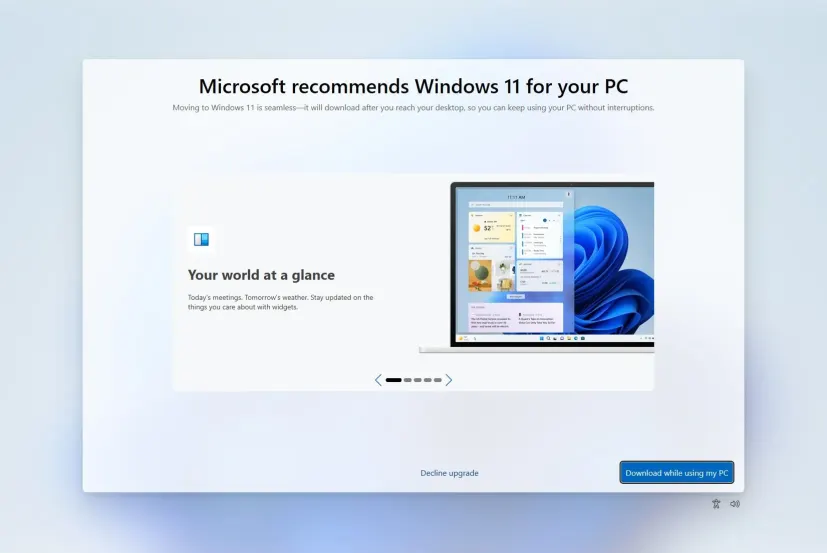Now Reading: Windows 10 Support Ends Today: How to Upgrade to Windows 11 for Free
-
01
Windows 10 Support Ends Today: How to Upgrade to Windows 11 for Free
Windows 10 Support Ends Today: How to Upgrade to Windows 11 for Free

Introduction:
As of October 14, 2025, Microsoft officially ends support for Windows 10. This means no more security updates, bug fixes, or technical assistance. To ensure continued protection and access to new features, users are encouraged to upgrade to Windows 11 at no additional cost.
Understanding the End of Support:
While Windows 10 will continue to function after today’s deadline, operating without security updates increases vulnerability to malware and cyberattacks. Microsoft recommends upgrading to Windows 11 to maintain a secure and efficient computing experience.
How to Upgrade to Windows 11 for Free:
If your PC meets the minimum system requirements for Windows 11, you can upgrade using one of the following methods:
- Windows Update: Navigate to Settings > Update & Security > Windows Update and click Check for updates. If the upgrade is available, follow the on-screen instructions.
- Windows 11 Installation Assistant: Download the Installation Assistant from Microsoft’s official website and run the tool to initiate the upgrade process.
- Media Creation Tool: Create a bootable USB drive with the Media Creation Tool to perform a clean installation of Windows 11.
Checking Compatibility:
Before upgrading, ensure your device meets the minimum hardware requirements for Windows 11, including TPM 2.0 and Secure Boot. Microsoft provides a PC Health Check tool to help determine compatibility.
Options for Incompatible Devices:
If your device doesn’t support Windows 11, consider enrolling in Microsoft’s Extended Security Updates (ESU) program to receive critical security updates until October 13, 2026. Alternatively, you may choose to purchase a new PC that comes with Windows 11 pre-installed.
Conclusion:
With Windows 10 support ending today, upgrading to Windows 11 is essential for maintaining system security and performance. By following the outlined methods, users can ensure a smooth transition to the latest operating system.

























